New medicines, doctors, tests and technology, brought to us by these medical wonders

April 1, 2024
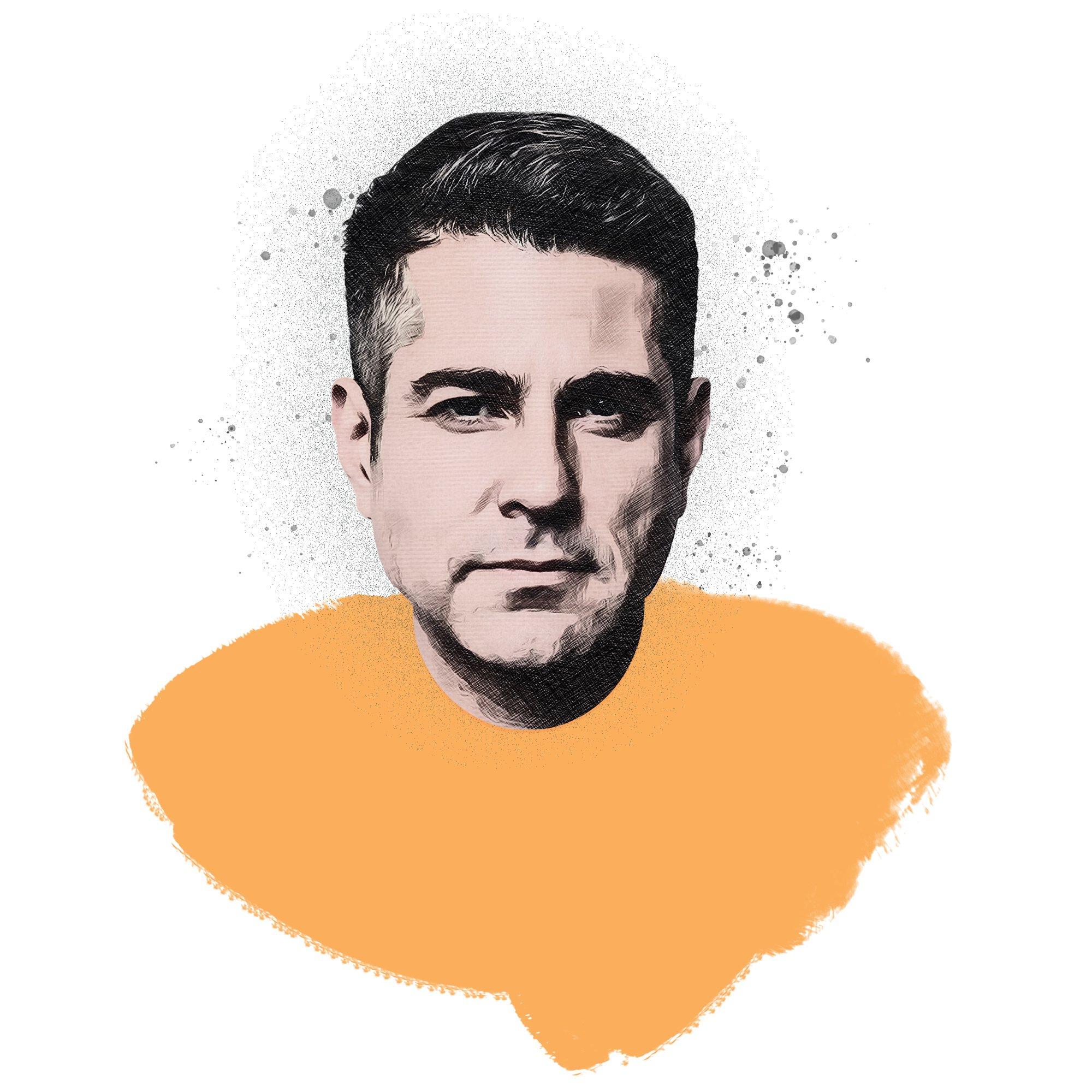
1. Hamed Shahbazi | Founder and CEO of Well Health Technologies
“Private” used to be a dirty word in Canadian healthcare. Well Health is trying to change that.
In 1997, one day after completing his civil engineering studies at the University of British Columbia, Hamed Shahbazi launched Info-Touch Technologies, his first company. It began as a chain of Internet-enabled kiosks in convenience stores across the United States, designed to help digitally underserved people get connected. When the Internet went global, Shahbazi pivoted its kiosks toward email, PalmPilot synchronization, video conferencing and, eventually, bill payment. His last change stuck: Catering to the many Americans, including immigrants, who lacked bank accounts and needed a way to pay their bills quickly, Shahbazi changed Info-Touch’s name to Tio, or “uncle” in Spanish. His revenue grew from $8 million in 2005 to $40 million in 2013, and in 2017, PayPal bought the company for $304 million.

2. Mark Holland | Health Minister
For adding life-changing drugs to Canada’s coverage list
For decades, Canada was the only country with universal health care that didn’t also provide universal drug coverage—until now. Last February, Mark Holland (MP for Ajax, Ont., who took over as health minister last year) made good on a long-delayed Liberal promise by introducing Bill C-64, or the Pharmaceutical Care Act. It’s not comprehensive national pharmaceutical care, but it’s a significant first step: contraception is now covered, as are diabetes medications for the 3.7 million Canadians living with the disease, a quarter of who struggle to afford treatment. (The plan could also save a lot of money: the parliamentary budget official estimates that the government’s purchasing power could preserve more than $2 billion a year.) Holland’s next challenge? Negotiate financing agreements with the provinces.
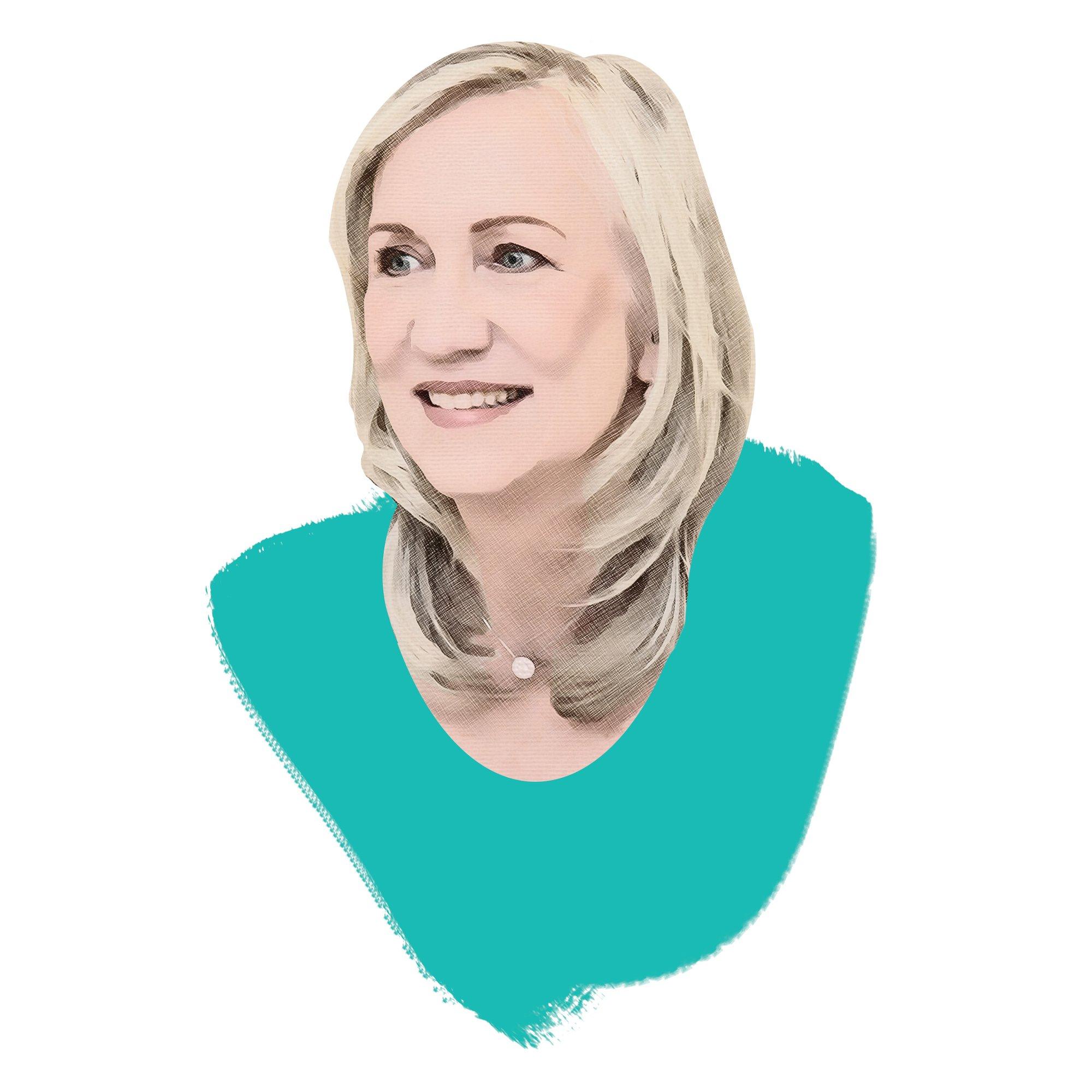
3. Lesley Gouldie | CEO and President of Thornhill Medical
To make life support portable
Thornhill Medical’s golf bag-sized portable life support system, MOVES SLC, includes much of the equipment found in an intensive care unit and is delivered on the move. The units were invaluable during COVID and are now saving lives on the battlefield as well. Under the leadership of Thornhill CEO Lesley Gouldie in 2019, the company secured a $356 million contract with the US Department of Defense, the largest deal of its kind in recent years; The life support system was most recently deployed last November aboard the USS Dwight D. Eisenhower Carrier Strike Group. When the company and the feds donated Thornhill ICU units to Ukraine last year, the Ukrainian government called the device “the medical javelin.”
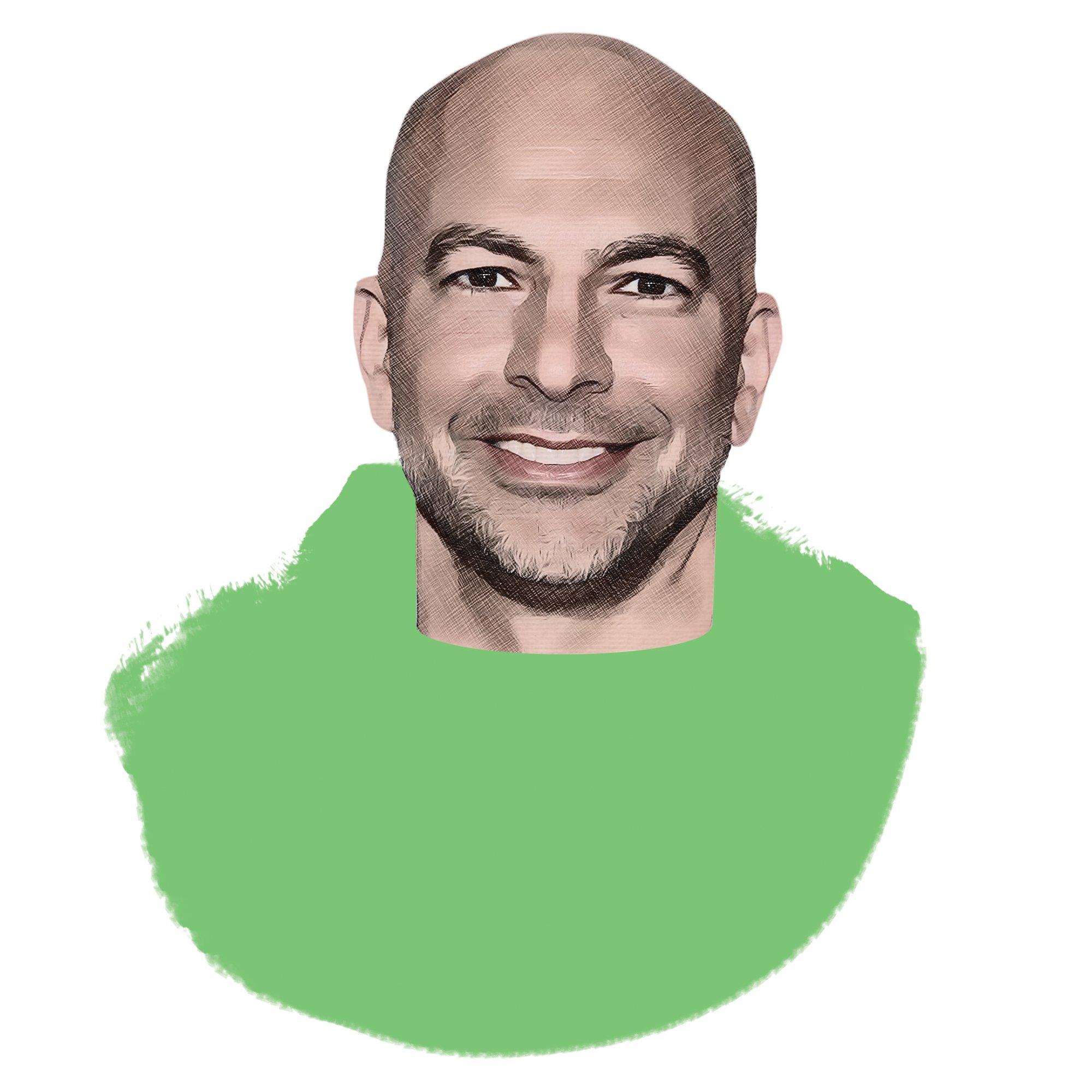
4. Peter Attia | Doctor and author
It’s helping us stay healthier for longer
Some aging boomers are searching for the fountain of youth, and Peter Attia might be their best chance to find it. Attia, a Toronto-born, Stanford-trained physician whose extensive health podcast, Trip, was downloaded more than 75 million times, went into writing and quickly cornered the market on the science of longevity or how to live better and, yes, longer. his book, Survive to, has been a mainstay of several bestseller lists for over a year. He relies on a philosophy he calls “Medicine 3.0,” which prevents disease through a combination of exercise, nutrition, sleep and mental well-being. He also promotes a radical but intuitive “healthspan” philosophy about lifespan: the notion that it’s great to live longer, but only if you’re fit enough to enjoy it.
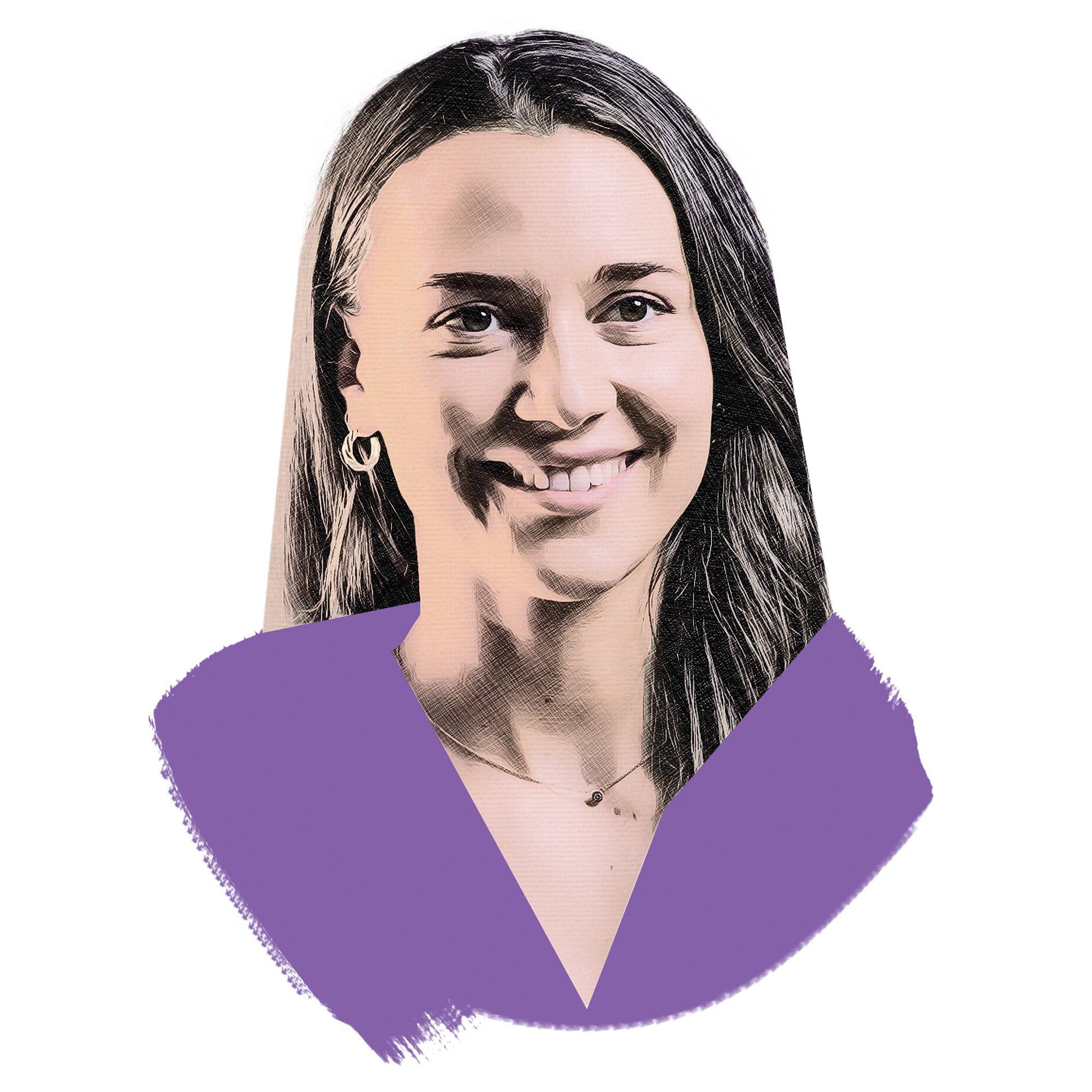
5. Mary Langley | Co-Founder of Switch Health
For giving Canadians take-home tests
In early 2020, Mary Langley and three of her colleagues launched Switch Health, maker of the at-home COVID test Canadians relied on to travel safely. Now that COVID testing is (largely) a thing of the past, Switch has created a new product: the first at-home HPV test for women. It is estimated that three-quarters of sexually active Canadians will develop HPV at some point in their lives. The virus is also a leading cause of cervical cancer, which is highly treatable if caught early. The Switch test, which costs $99, returns results in three to five days. Viral activity aside, Switch also launched an at-home diabetes diagnostic test late last year, allowing patients to collect their own blood and send samples directly to a lab for analysis.
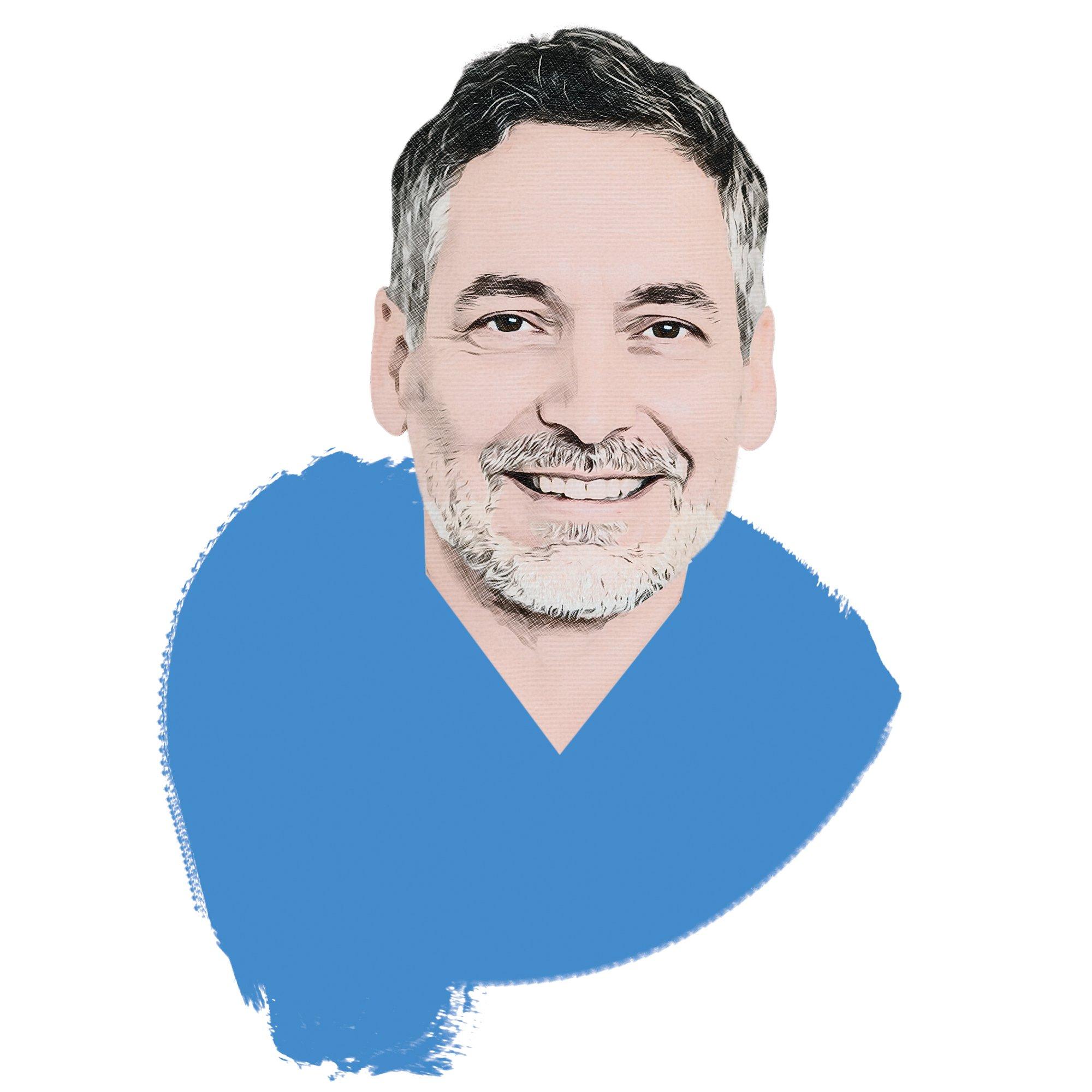
6. Stefan Raos | General Manager, Moderna Canada
To ensure a local supply of vaccines
When COVID hit Canada, a shortage of domestic vaccine manufacturing plants in the country meant many of us had to wait months to receive our vaccines. Stefan Raos, head of Moderna Canada, has been working hard to prevent this from happening again. Under his leadership, Moderna moved quickly to build a new $180 million mRNA vaccine manufacturing facility in Laval, Quebec. (The project began construction in 2022 and was completed last February.) After passing a series of regulatory approvals and certifications, the plant will begin production in 2025, with the ultimate goal of pumping out 100 million doses a year, for COVID, but also for the other mRNA-driven vaccines that Moderna has in the pipeline. Eye, flu, RSV and melanoma.

7. Adrian Dix | Minister of Health, British Columbia
Launching new GP payment plan
Solving Canada’s physician shortage is not just a matter of attracting new blood to the profession; retention is key. In October 2022, British Columbia Health Minister Adrian Dix announced that the province would replace its flat-rate payment model (in which doctors receive $30 per visit, regardless of the experience required) with a Optional longitudinal payment for family doctors, which takes into account the time spent with patients and the complexity of their needs. (For example, doctors who provide additional support to seniors or patients with mental health problems will receive additional compensation.) Following the news, the number of family doctors in the province soared to 4,100, an increase of 700 in a single year. Last March, Dix also announced plans to improve conditions for nurses by establishing minimum nurse-to-patient ratios in acute care facilities. to quell exhaustion.
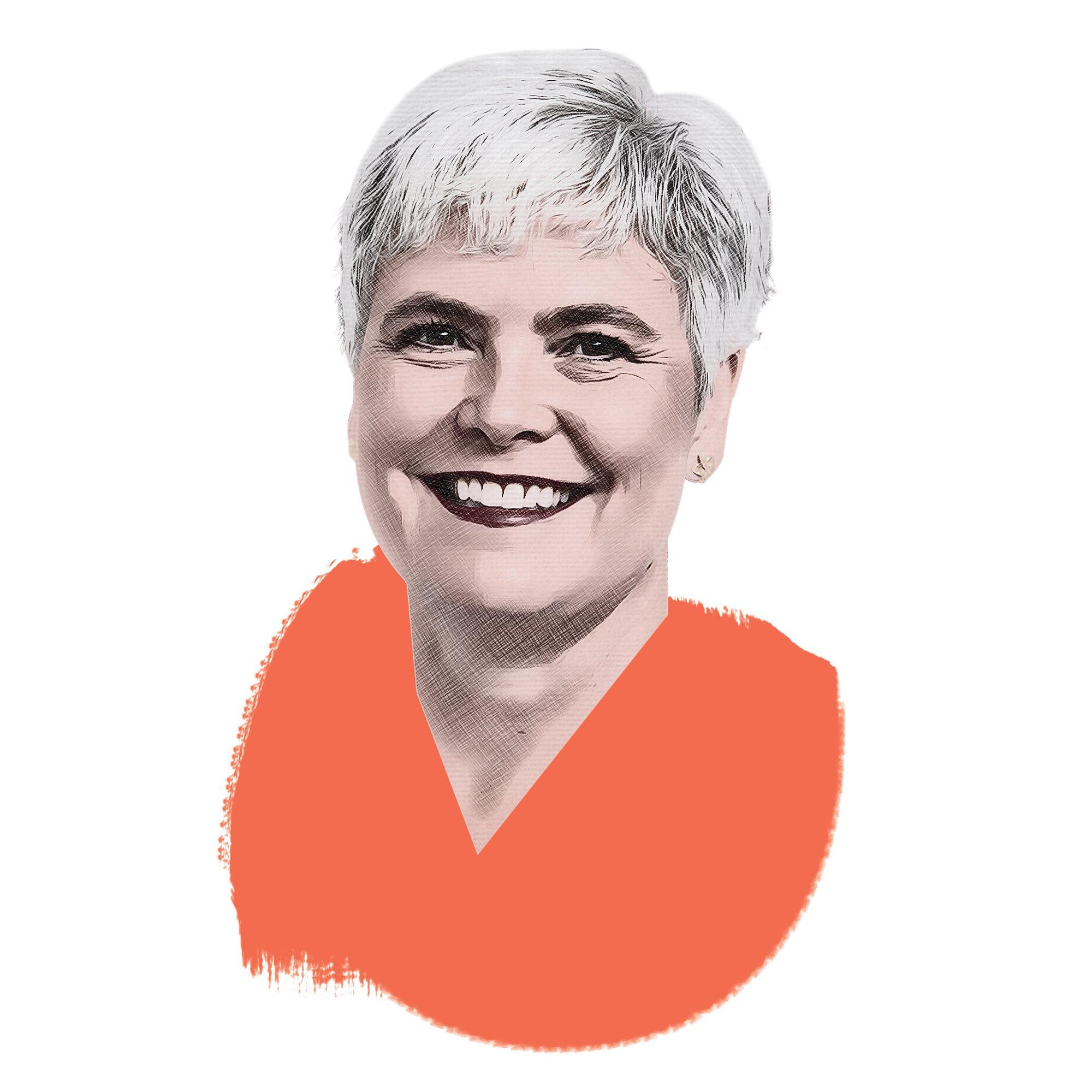
8. Kathleen Ross | President, Canadian Medical Association
For fighting for the rights of doctors
ACMA presidents have just one year to make a useful dent in healthcare, and Kathleen Ross has been busy. She has called on provincial governments to reduce extra administrative work affecting doctors. (According to the CMA, 75 percent say unnecessary paperwork affects their job satisfaction.) Ross is also promoting pan-Canadian licensing so doctors can work where they are needed most. She’s also wading into more controversial territory, holding town hall-style consultations in cities like Toronto, Montreal and Halifax to get public input on governments hiring private professionals to reduce wait times. Ross has yet to take a firm position, but judging by her public letters and a YouTube video called “It’s Time to Talk,” it sounds like she plans to address the issue by soliciting comments first.

9. Teresa Chan | Dean, Faculty of Medicine, Metropolitan University of Toronto
She is educating a new generation of Canadian family physicians.
It is estimated that right now, 6.5 million Canadians (that’s one in five of us) do not have a primary care doctor. Teresa Chan, an emergency medicine physician, plans to remedy the shortage as the designated dean of one of Canada’s newest medical schools: Metropolitan University of Toronto. In fall 2025, when the TMU School of Medicine opens, it will offer 94 undergraduate positions and 105 graduate positions annually, and will include a curriculum designed specifically to train primary care physicians. When she’s not trying to fix the health system through institutional channels, she does it through a board game: Chan is the creator of Grid locka game designed to prepare future emergency physicians for the chaos of emergency medicine.
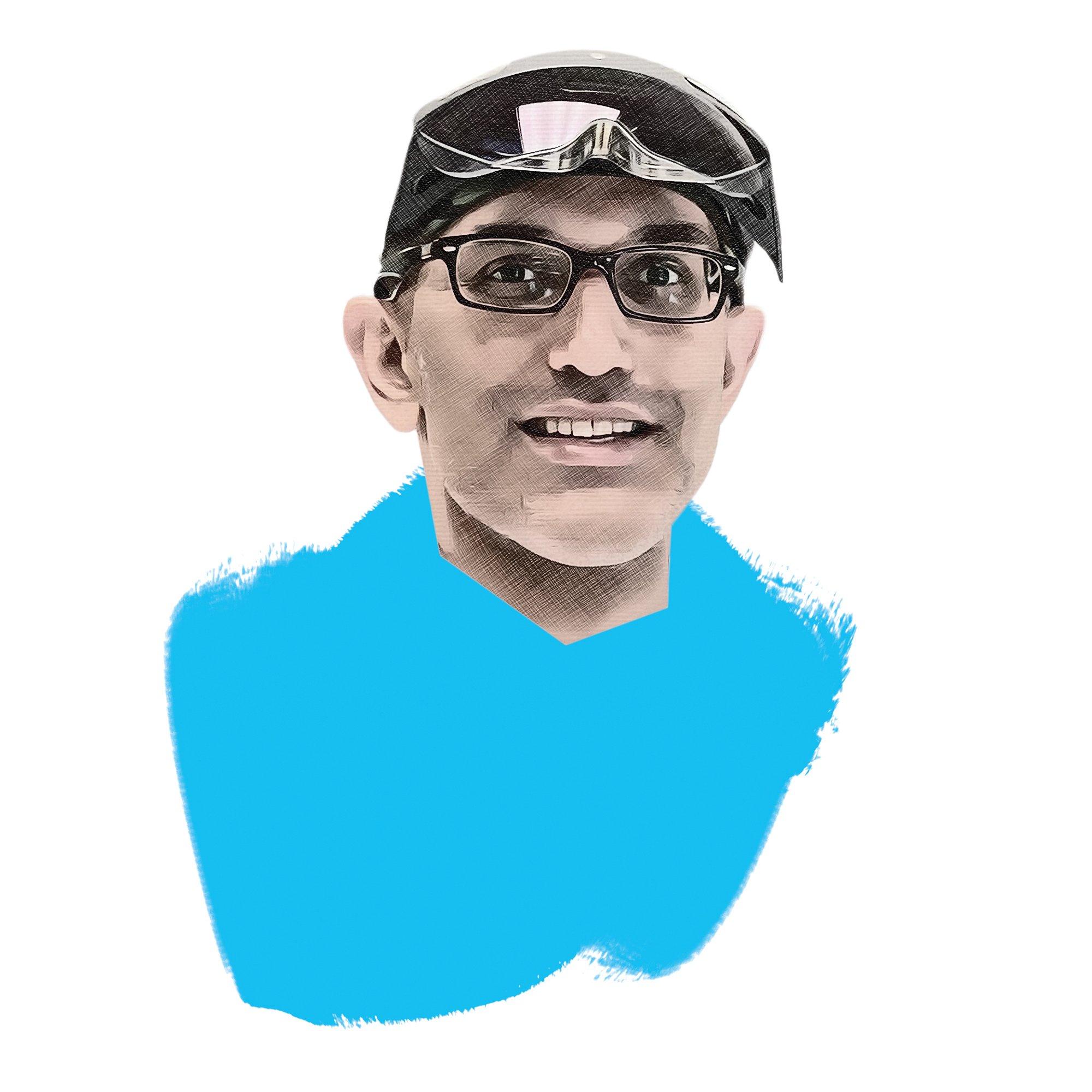
10.George Athwal | Surgeon, St. Joseph’s Health Care London
For bringing virtual reality to the operating room
You could say George Athwal has During shoulder replacements, Athwal dons a headset equipped with Stryker Blueprint MR Guidance software, which gives him a “mixed reality” view that overlays the surgery plan on the patient’s body. This technology helps Athwal execute a pre-operative plan within two millimeters and two degrees, and additional widgets help him make adjustments on the fly. So far, the system has only been used on shoulders (at the Mayo Clinic in the US and two hospitals in France, plus St. Joseph’s), but in the future it could also be used for hip and knee replacements . like spine surgery.
This story appears in the May issue of Maclean’s. You can buy the issue. here or subscribe to the magazine here.
